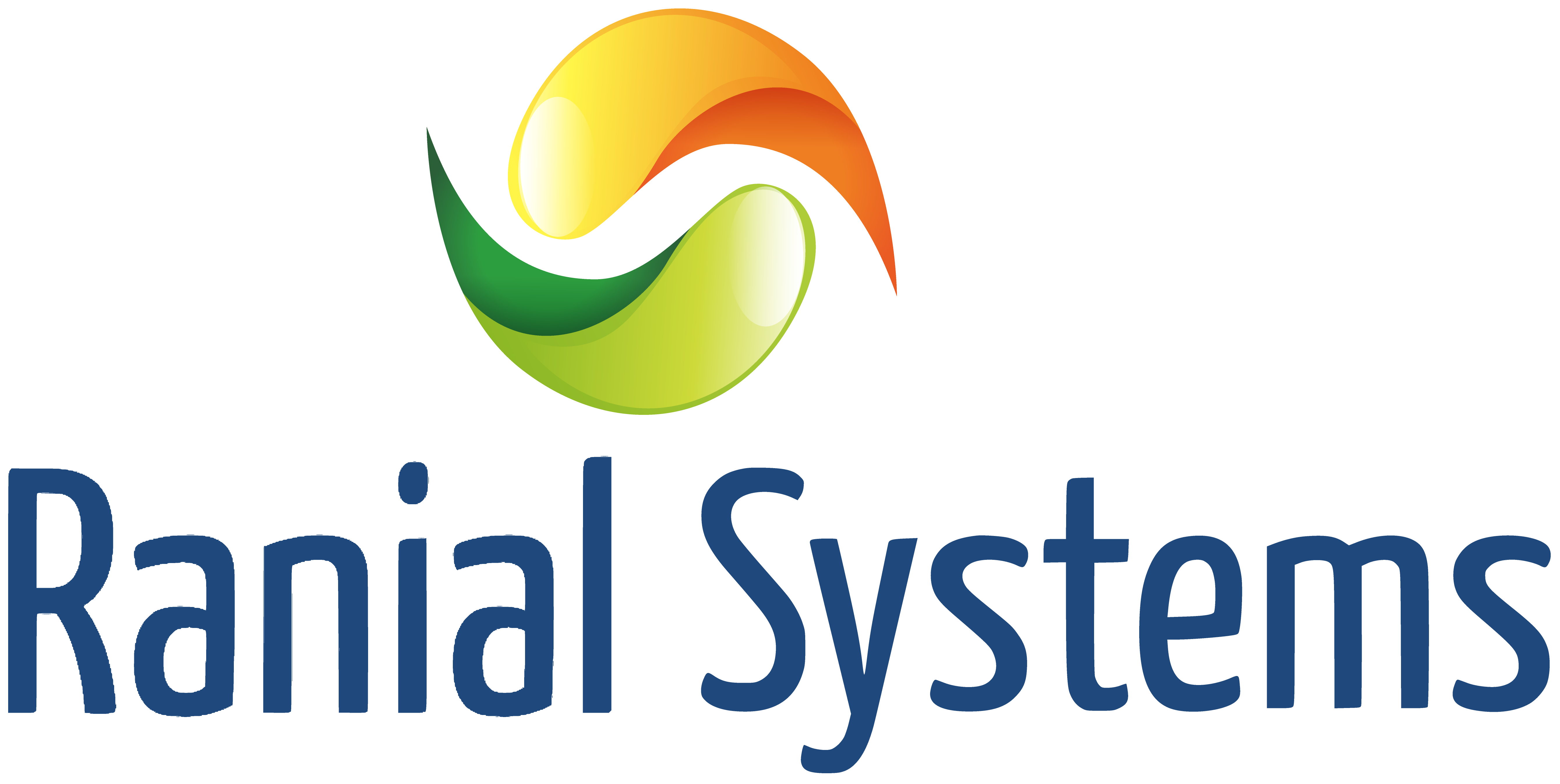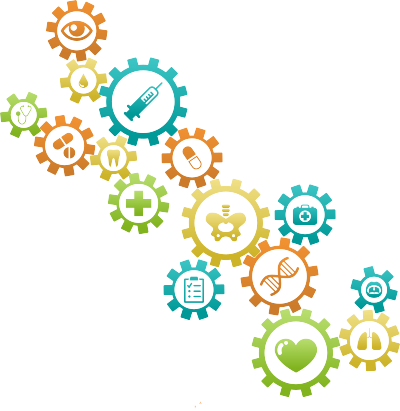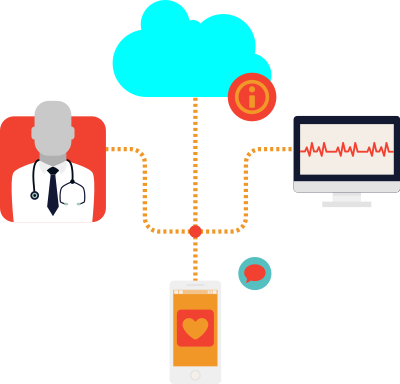Industry Scenario
In an increasingly connected world, enterprises are looking for affordable healthcare tools and the smartest devices today that help save time and money are either wearable or remotely connected.
The development of newer technologies and tools that allow remote communication for easy and clear data collection and analysis for strategic as well analytical purposes has opened up several new avenues of industry usage for the healthcare industry. These tools offer technologies that will enable health care and diagnosis to move beyond the hospital and often in the hands of the patient themselves!
We today have tools that focus on capital and tool efficacy, ensuring that data collected at remote locations can be used as a reliable diagnostic and healthcare service factor. With devices and appliances that can communicate with each other, Remote Patient Monitoring (RPM) becomes, in many cases, preferable for patient care.
Adding value both from the care provider side as well as for the patient, RPM is all about increased interactivity of devices that allow patients to monitor their condition, share data with their care givers – especially so for chronic diseases, and help cut down drastically on hospital bills. It serves to save costs, re-admissions and provide healthcare providers with data that can help in further research, as well as service patients more efficiently. Increasingly, data focused technologies and devices can leverages remote as well as real-time information to provide healthcare facilities remotely, cutting down on infrastructure and resources costs as well.



